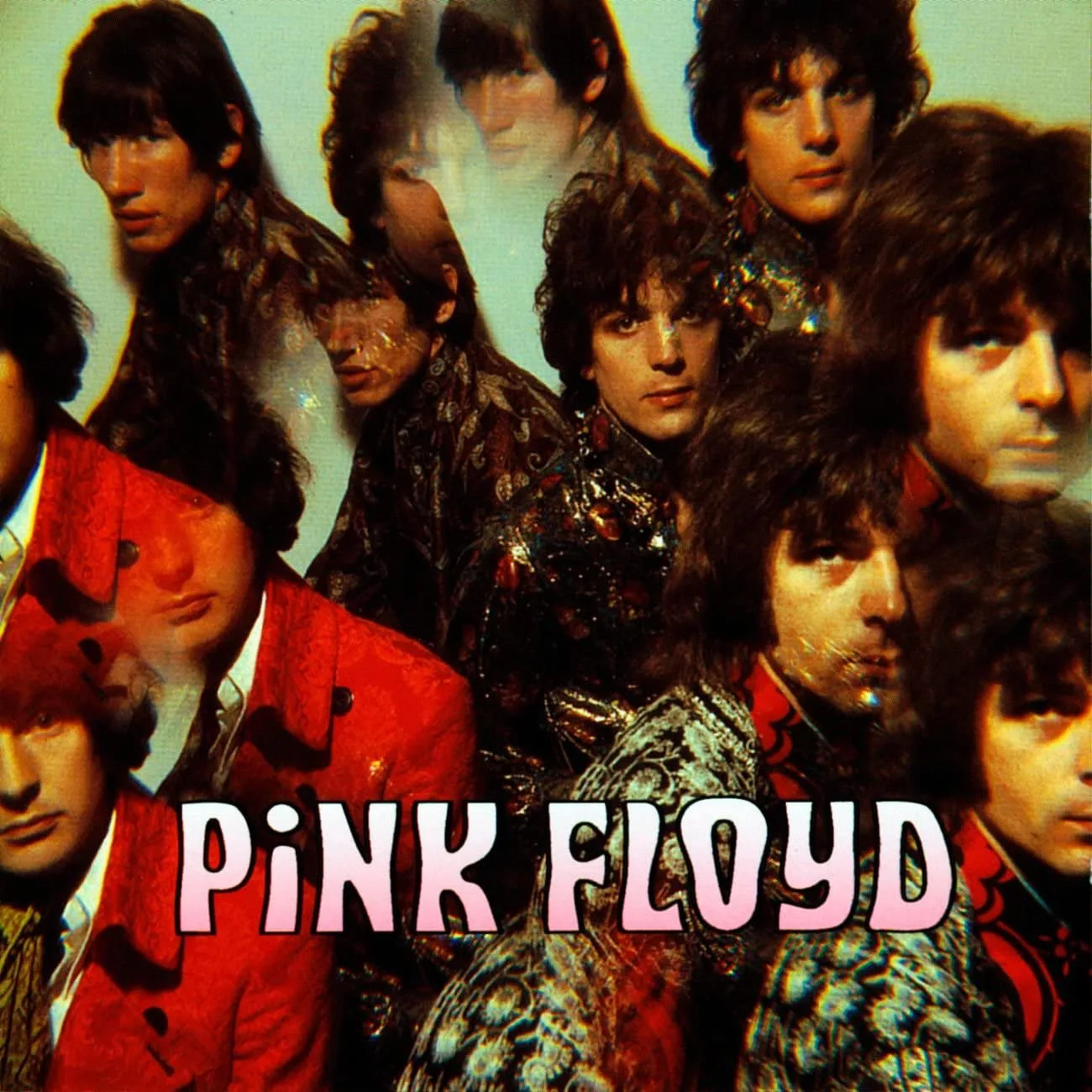News
What Is The First Album of Pink Floyd?
For many music historians, the genesis of Pink Floyd’s groundbreaking career traces back to their debut album and that is The Piper at the Gates of Dawn. Released in the U.K. by EMI Columbia in August of 1967, those early recordings encapsulated the band’s avant-garde psychedelic rock style that would become legendary.
Yet the story gets interesting when examining how American audiences were first introduced to the Floyd. Issued later in 1967 by Tower Records, the U.S. version undergoes some wild transformations. Oddly retitled Pink Floyd, the tracklist was altered to include the single “See Emily Play,” while omitting fan favorites like “Astronomy Domine.”
Additional strangeness plagued the American release. Song titles were misprinted, like the mystical “Pow R. Toc H.” Also, the band’s appearance itself got an acid-soaked makeover thanks to cover photographer Vic Singh’s prism lens, gifted from George Harrison. Very 1960s!
So while not exactly how Pink Floyd envisioned their seminal opening statement, the altered U.S. edition although spread their boundary-pushing sound to new ears. It kicked off a 30+ year journey of sonic innovation that few other bands can equal. Not bad for your first album!

Table of Contents
The Band’s Early Influences and Formation
While Pink Floyd would ultimately pioneer new frontiers in psychedelic and experimental rock, the band members began their musical journeys immersed in more conventional 1960s R&B and pop. Bassist Roger Waters and guitarist Syd Barrett first played together in a band called Sigma 6 while studying architecture at Cambridge.
Joining forces with drummer Nick Mason and keyboardist Richard Wright (and early members Bob Klose and Chris Dennis), “The Pink Floyd Sound” began performing live in 1965-1966 around London’s underground club scene. Though jazz and blues colored their early repertoire, Barrett’s emerging psychedelic songwriting increasingly defined their identity.
By late 1966, Pink Floyd caught the attention of EMI producer Norman Smith, who helped refine their sound at Abbey Road Studios. Session players augmented the band for their debut album, including Impact drummer Keith Noble and Network Three bass player Clive Metcalfe. The stage was set for The Piper at the Gates of Dawn to usher underground psychedelia into the mainstream upon its 1967 release.
The Piper’s Explorations of Space Rock and Whimsy
As Pink Floyd’s debut, The Piper at the Gates of Dawn established their trademark space rock sound right from its opening distorted, spacey chords of lead track “Astronomy Domine.” This pushing of sonic and studio boundaries continued through experimental tracks like the free-form distortion feast of “Interstellar Overdrive.”
Yet despite the cosmic instrumentals, at the album’s heart lies frontman Syd Barrett’s colorful lyricism that added doses of whimsicality. Songs like “The Gnome” spotlight Barrett’s playful storytelling featuring gnomes, griping scarecrows, and ever-present mushrooms. Similarly, his oddball wordplay drives the bouncing rhythms of “Matilda Mother” and the childlike instrumentation of “Flaming.”
These explorations of contrasting sonic textures—at times noisy and disorienting, at others lighthearted and innocent—defined Pink Floyd’s early identity as both pioneers on the progressive fringe while still maintaining approachability. As critics noted, The Piper radiated both the ominous gloom of an impending thunderstorm alongside youthful sunshine simultaneously. These dynamic atmospheres continued as currents running through the band’s extensive career.




